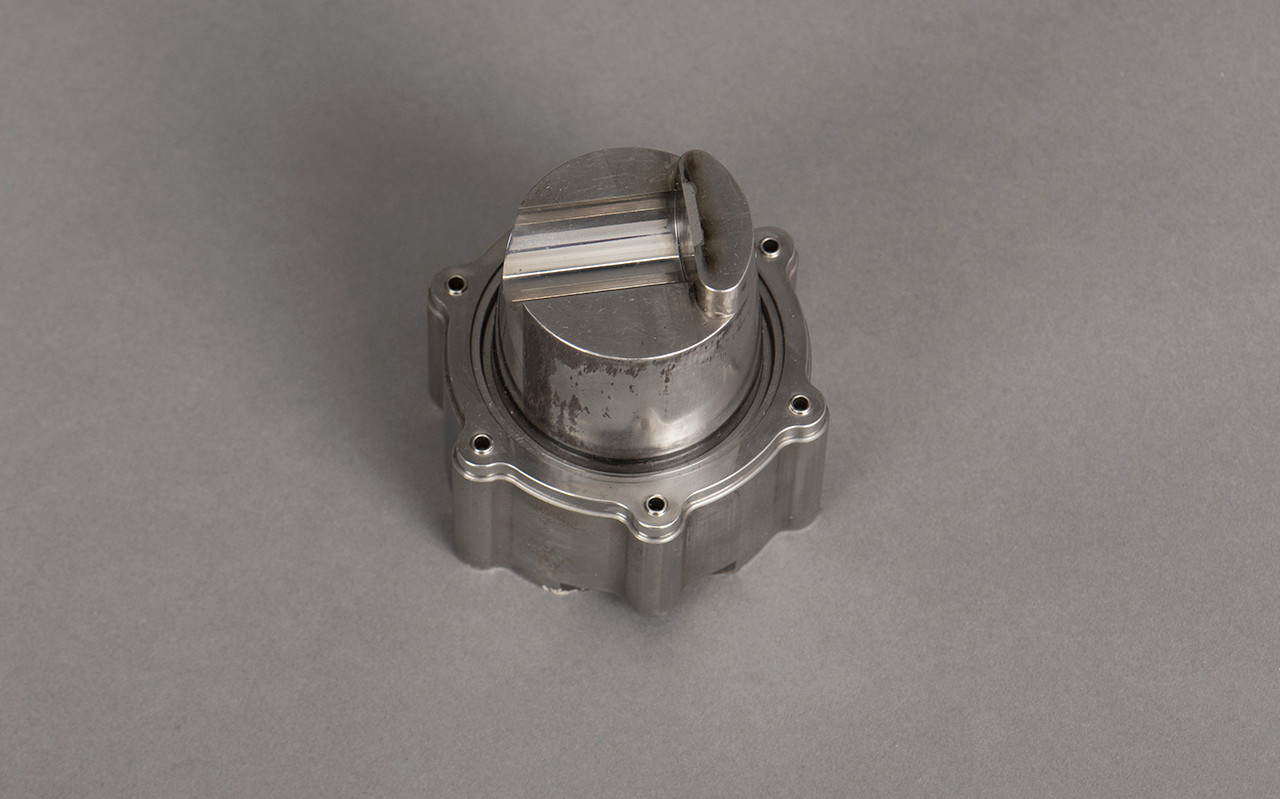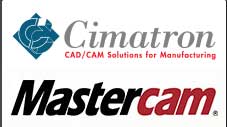How does MIM stack up against other production methods?
Metal Injection Molding is ideally suited to the production of high-volume complicated metal components with a net shape that fits comfortably in the palm of your hand. MIM is available for a wide range of alloys, including custom alloys created for specific uses. Other manufacturing techniques, such as press-sintering, turning parts, and stamping, can create components more cost-effectively for simple geometries. MIM, on the other hand, is the most cost-effective alternative when compared to high-volume machining of complex geometries or applications requiring high mechanical qualities. Because of the injection molding machines’ processing capabilities, MIM is also well positioned to make micro-sized components weighing less than one gram in mass, which are difficult to produce using conventional methods.
When is MIM the most cost-effective option?
You must have a target payback period specified for the upfront tooling and qualification cost when comparing manufacturing processes. MIM is a highly scalable manufacturing technique that requires only a single upfront tooling investment. Tooling makes it relatively simple to generate millions of components. Customers rely on injection molding machines and sintering furnaces, which are part of a supplier’s equipment infrastructure. MIM gives the most value when annual volumes approach 5,000-10,000 pieces, depending on component size, due to the investment in tooling and capital equipment expenditures.
Equipment cycle time, furnace usage, and secondary activities are the main drivers of component cost. In MIM processing, raw material ingredient costs are more variable, as are alloy selection, shape, and other parameters. As the volume of components rises, manufacturing economies of scale are gained.
What characteristics distinguish a good MIM part?
Proper alloy selection is always the first step in making a decent MIM product. Except for non-ferrous metals like zinc, aluminum, and magnesium, MIM can make a wide range of common and unique alloys. MIM components are often small enough to fit in the palm of your hand and weigh less than 100 grams on average. MIM parts typically have thicker walls than.010″ and numerous axes of complicated features.
Lead-time
The time it takes to design the tools and validate the component process determines how quickly MIM components can be qualified. The lead time for qualifying first article components for components with average complexity manufactured with a two-cavity tool is approximately 10-14 weeks.
What is MIM’s toleration capability?
MIM’s purpose is to create production-ready components in net form. From the as-molded state to the as-sintered state, the MIM process involves a specified average shrink percentage of around 20%. MIM is a highly repeatable process, even with the shrink. MIM can be capable if the specification tolerance is within +/-.2 percent -.5% of the dimension, as a rule of thumb. However, because MIM is designed for complex geometries in high-precision applications, post-sinter operations are required to dial in critical to function dimensions. The graph below shows how MIM compares to other manufacturing methods.
What are the secondary operations that MIM entails?
Secondary processes may be performed after sintering MIM parts to complement or enhance critical to function dimensions, increase mechanical qualities, or improve surface appearance. Heat treating, reaming, coining, machining, and hot isostatic pressing are some of the possible procedures (HIP).


